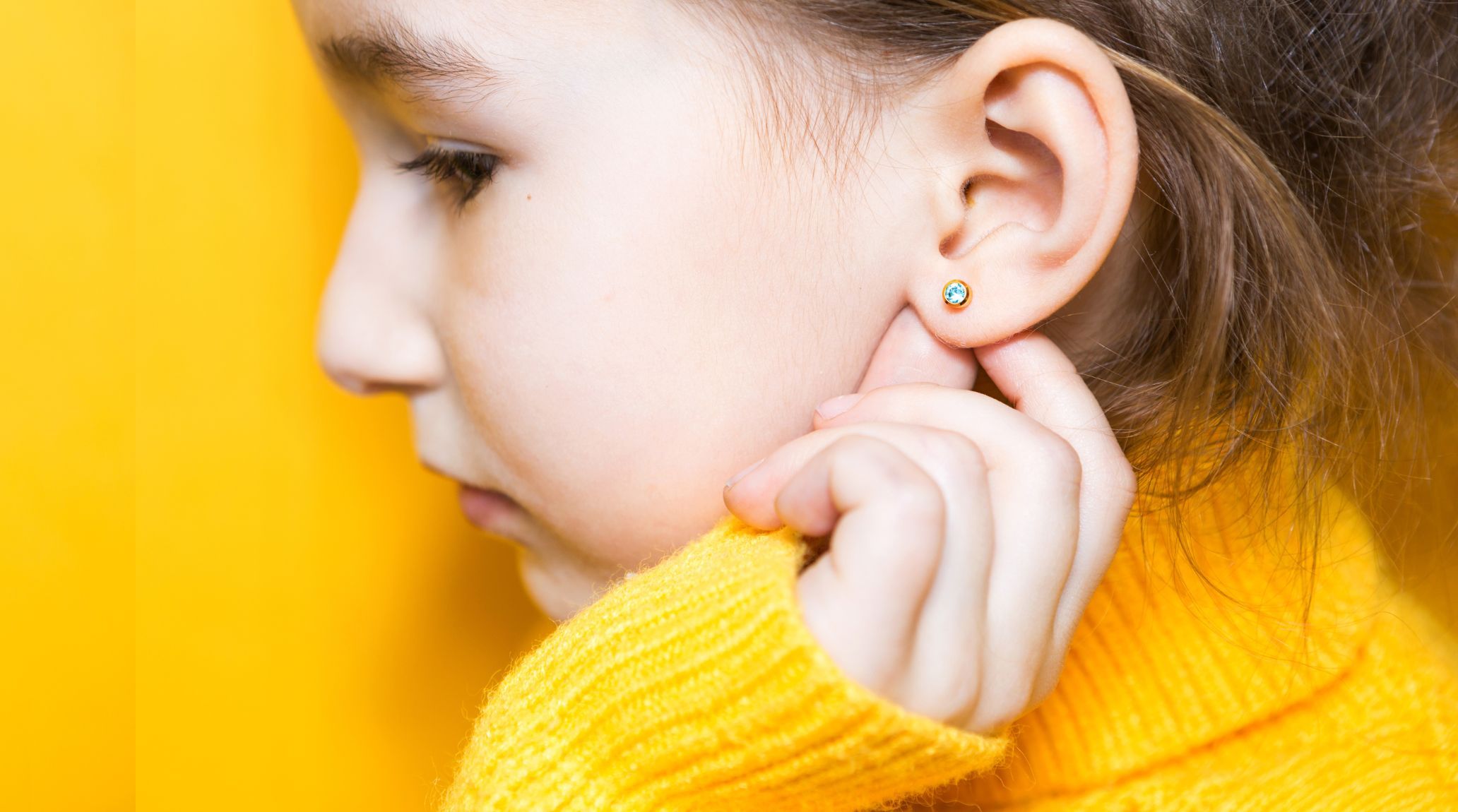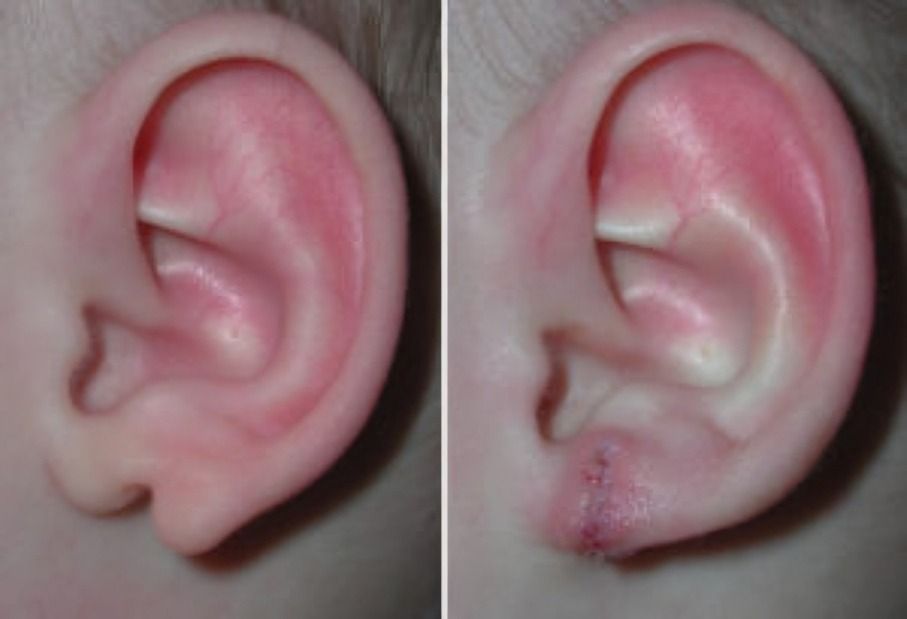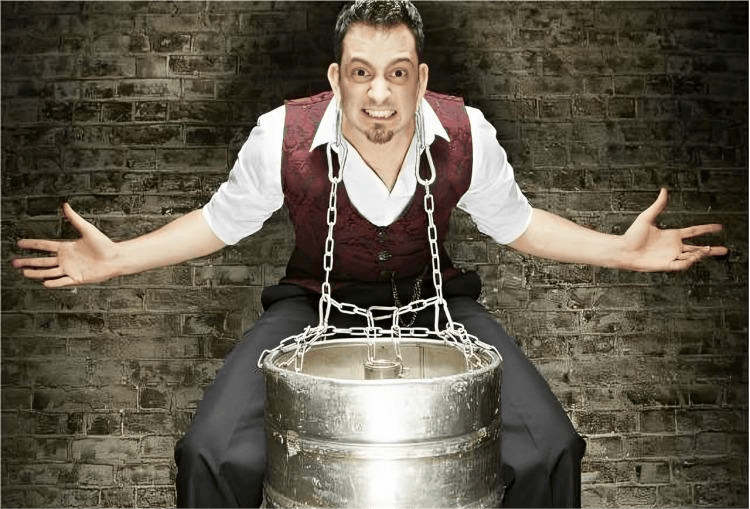
“
Have you ever wondered about the fascinating world of earlobes? In this fun and easy-to-understand guide, we’ll explore the earlobes and discover what makes them so special. From their unique shapes to cultural significance, they play an important role. Let's explore these small yet fascinating parts of our body and uncover what makes them special!1
1
”
Everyone's earlobes are unique—some hang down, while others are attached to the face. Scientists once thought one gene controlled this, but now they know it's way more complicated, it turns out that lots of tiny parts of our DNA work together to shape our earlobes! 1
As people age, their earlobes might grow larger. Studies suggest that earlobes increase in circumference by about 0.51 millimeters each year due to changes in collagen, a protein in the skin. So, your earlobes could gradually become a bit bigger as you grow older! 2
Monte Pierce holds the record for the farthest distance a dime has been propelled by an earlobe—3.55 meters (11 feet 8 inches) during a 2008 show in Madrid, Spain. 3

Some people are born with a cleft earlobe, a rare condition where the earlobe doesn’t fully fuse during fetal development. It causes a distinctive split or gap. Fortunately, cleft earlobes can be treated effectively.
Earlobes can develop skin tags, which are small, harmless growths of skin. These can appear due to various reasons, including skin friction or during pregnancy. They are usually benign but can be removed if they become bothersome. 4
Another uncommon condition is duplicated earlobes, where a person might have more than one earlobe on one ear. This anomaly is quite rare and usually affects only one ear. It’s a remarkable and unusual feature that showcases the variety of human anatomy. 5
Creases or lines in earlobes can sometimes be linked to certain health conditions, such as Beckwith-Wiedemann syndrome. However, having a creased earlobe can also be a normal genetic trait passed from parents to children without indicating any health issues. 6
Monte Pierce can stretch his earlobes to impressive lengths—12.7 cm (5 inches) on the left and 11.43 cm (4.5 inches) on the right—far beyond their normal size of just under 2.54 cm (1 inch). 7
The earlobe is quite sensitive because it has thin skin and many nerve endings. This high sensitivity makes it responsive to touch, temperature changes, and pain, which is why piercings and other forms of stimulation can be particularly noticeable. 8
The outer ear, including the earlobes, is highly vulnerable to frostbite in extreme cold. Because the earlobes have less blood flow compared to other body parts, they can freeze faster, leading to tissue damage if not protected properly in cold weather. 9

Johnny Strange set a record by lifting a weight of 21.63 kg (47 lb 10 oz) using pierced ears, showcasing the surprising strength that can be achieved with earlobe piercings.
Earrings, especially if not cleaned properly, can lead to infections in the earlobes. Bacterial infections can cause the earlobes to become red, swollen, and painful. It’s important to keep piercings clean and avoid touching them with dirty hands to prevent these infections.10
Earlobes come in a variety of shapes due to genetics. Some people have earlobes that are perfectly round, while others have them that are more elongated or oval. These variations can even include unique shapes like the "tongue-shaped" or "triangular" earlobe, which is rarely seen.11
In some ancient cultures, the shape and size of earlobes were used as a form of identification. For example, some historical records suggest that certain tribes or groups used distinctive earlobe adornments to signify social status or clan membership.12
Interestingly, the size of earlobes can be a subtle indicator of age. Over time, earlobes may naturally elongate and sag due to a combination of factors, including loss of collagen and increased facial fat, leading to noticeable changes as people get older. 13
Earlobes contain a dense network of blood vessels, which is thought to help regulate body temperature. This rich blood supply is believed to play a role in maintaining ear warmth, especially in cold weather, though it is a less commonly known function. 14
In many cultures around the world, earlobe piercings are more than just a fashion statement—they hold deep cultural and religious significance. For instance, in some African tribes, stretched earlobes symbolize beauty, status, and spiritual beliefs. 15
Earlobes can have unique patterns of ridges and folds, similar to fingerprints. These patterns are distinct to each individual and can be used in personal identification, just like the unique patterns found in fingerprints. 16
There is a hypothesis that suggests the size and shape of earlobes might influence hearing ability. Though not scientifically proven, some researchers believe that larger earlobes could help in directing sound waves more effectively into the ear canal. 17
Some research suggests that deficiencies in certain vitamins, such as vitamin A or B12, might affect the health of earlobes. Dryness, cracks, or infections in the earlobes could sometimes be linked to nutritional deficiencies, although this is not a widely recognized fact. 18


